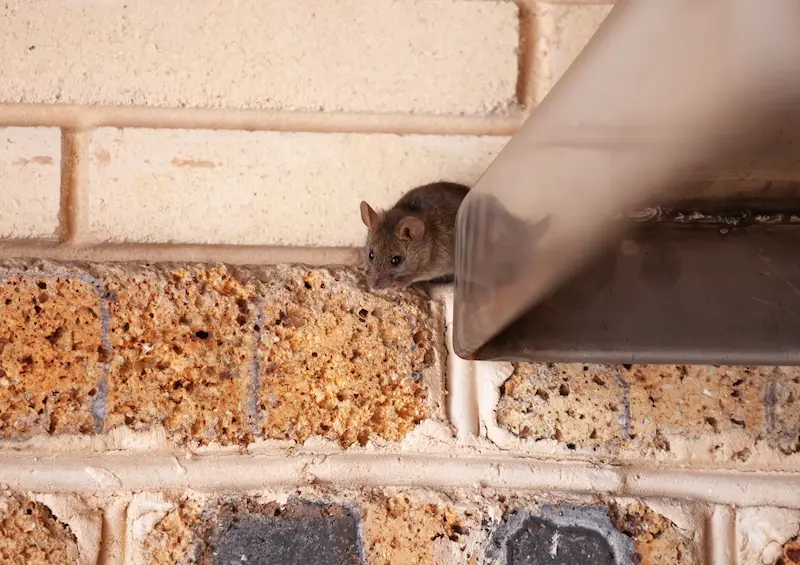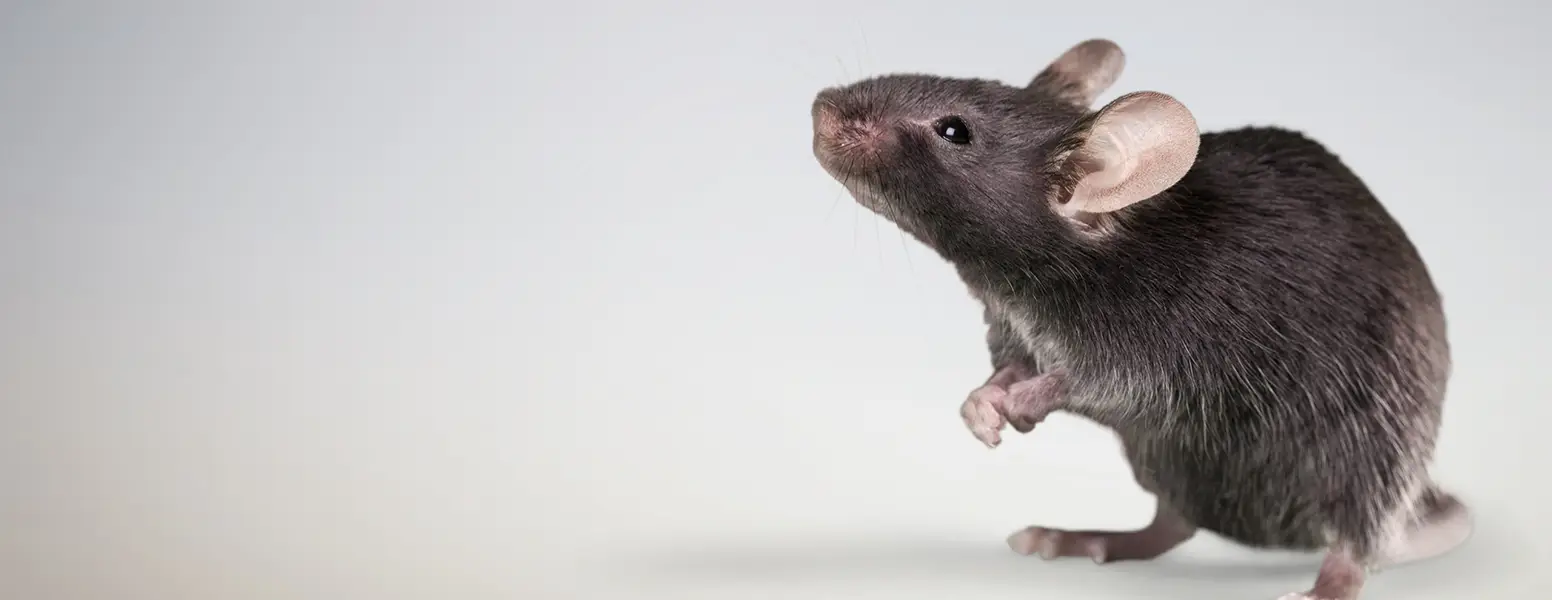What On Earth Are Camel Crickets?
If all you know about camel crickets is this name, it can leave you scratching your head. Both of these words invoke symbolism. Camels are desert dwellers with large humps, buck teeth, and an ability to go many days without water. Crickets make chirping sounds in the grass, and spring through the air. So, how do these two words come together? Is there anything we can learn about camel crickets from their name? Are they desert dwelling crickets that chirp and are able to go days without water? No. But, they ARE humpbacked insects that spring through the air. This is why they were given this name. They are also sometimes referred to as camelback crickets or humpback crickets. And these aren’t the only names camel crickets go by. Let’s see what we can learn from some of their other names.
Cave Crickets
Have you heard of a cave cricket? They are also sometimes called cave weta. They get these names because camel crickets love to live in caves. This says a lot about them. Caves usually have hard surfaces, are moist, dark, and generally cold. Can you think of a place in your house that is like this? If you said your cellar or basement, you are exactly right. Camel crickets love basements. They can be found in basements by the dozens, or even hundreds.
Spider Crickets
Some people know camel crickets as spider crickets. And this name is sometimes condensed to spricket. They are given this name because they are often mistaken for spiders. Camel crickets have long thin legs that rise above their bodies and give the appearance of spider legs. And, since they like the darkness, it is often hard to quickly see that you’re looking at a bug with six legs (like an insect) instead of eight (like a spider). It is usually only after a camel cricket has lept off the wall in your direction that you realize it is not a spider. By that time it is too late for you to rethink your decision to let out a ridiculous scream of terror, or use words that are definitely not suitable for children.
Land Shrimp
While this is a lesser known name for camel crickets, it gives a little more insight into these insects. Their bodies do look a little bit like a shrimp. And camel crickets typically measure between ½ an inch and 1 ½ inches–which is just about the size of a shrimp. But, unlike shrimp, you’re not going to find these bugs swimming around in the water.
What Do Camel Crickets Do Inside A Home?
Now that we know what camel crickets look like, let’s look at some of the things you can expect when these insects get into your home:
- Chirping? Fortunately, this is not something you’re going to have to deal with when camel crickets get in. Camel crickets do not have the ability to chirp. So you’re not going to be up all night wondering where the noises are coming from. But, this has a downside. You’re also not going to be alerted to the fact that an insect that looks like a spider is about to leap from the darkness of your basement.
- Camel crickets chew on lots of things. This can lead to damaged belongings. Some of the things these insects chew on are clothing, tapestries, upholstered furniture, and curtains. The more crickets you have, the more damage they will cause.
- Without a source of water, camel crickets do not usually survive long indoors. For this reason, it is important to do a detailed inspection for water damage or leakage within your home when camel crickets appear.
Mostly, camel crickets are a nuisance. And, they are a pest problem that can resolve itself. It is important, however, to have a pest controller look at your issue to give you information about pest pressures. If you have camel crickets getting in, there is a good chance you have other, more harmful, pests getting in.
Whether you need a resolution to a camel cricket issue or you’d like comprehensive pest control for your home, Schendel Pest Services can help. We serve Kansas with the highest level of pest control in the industry. Contact us today for immediate assistance.








